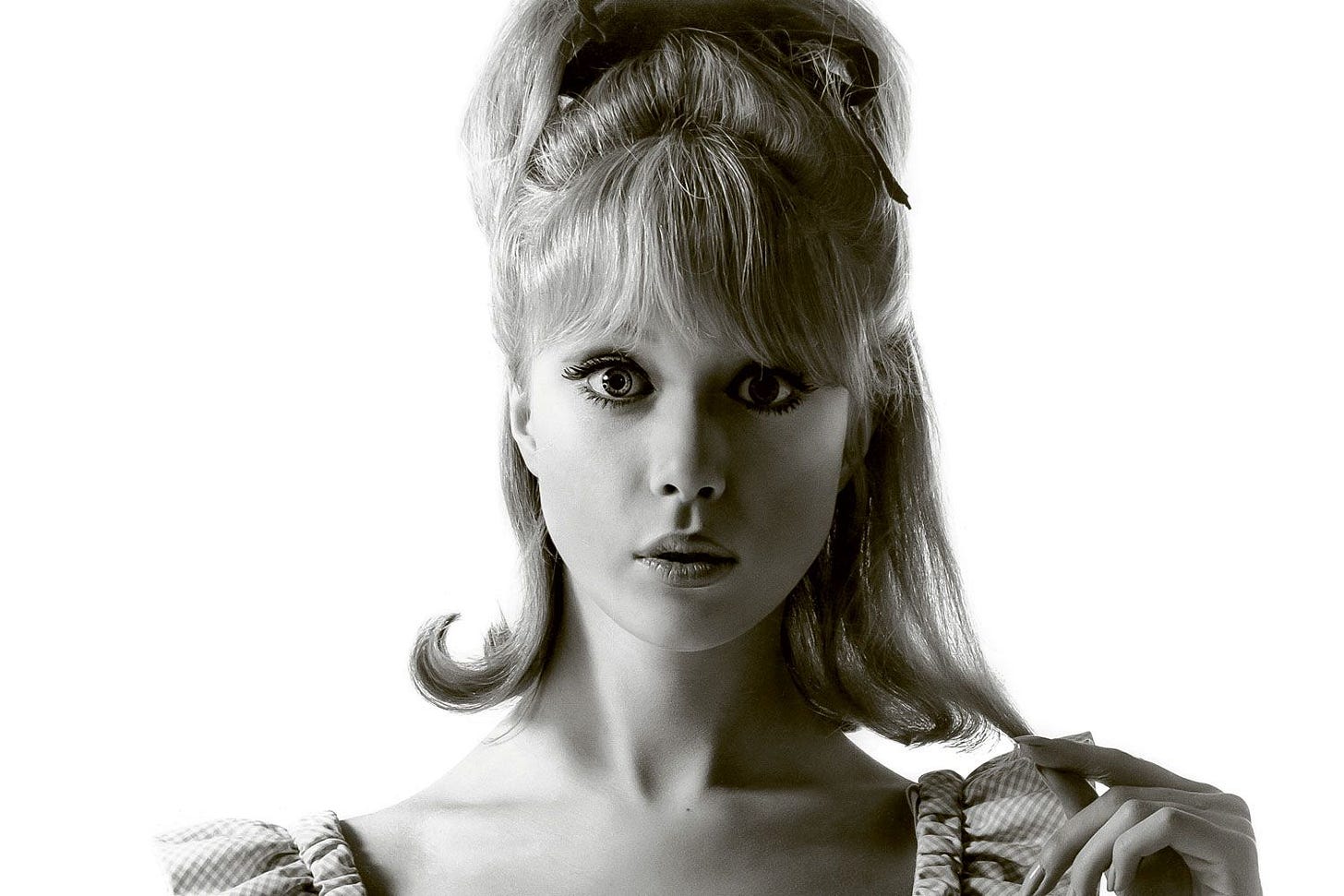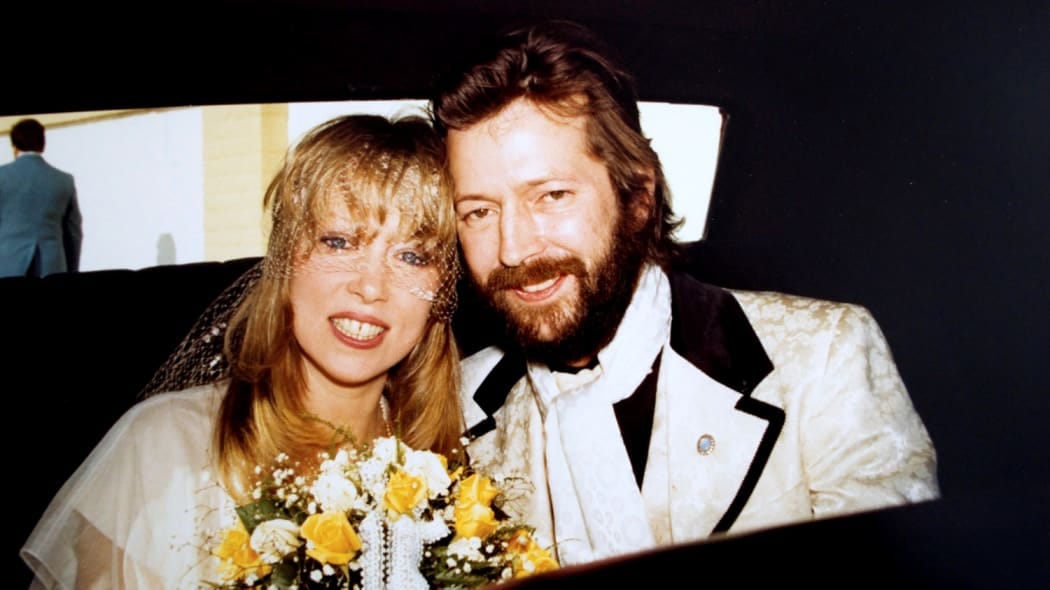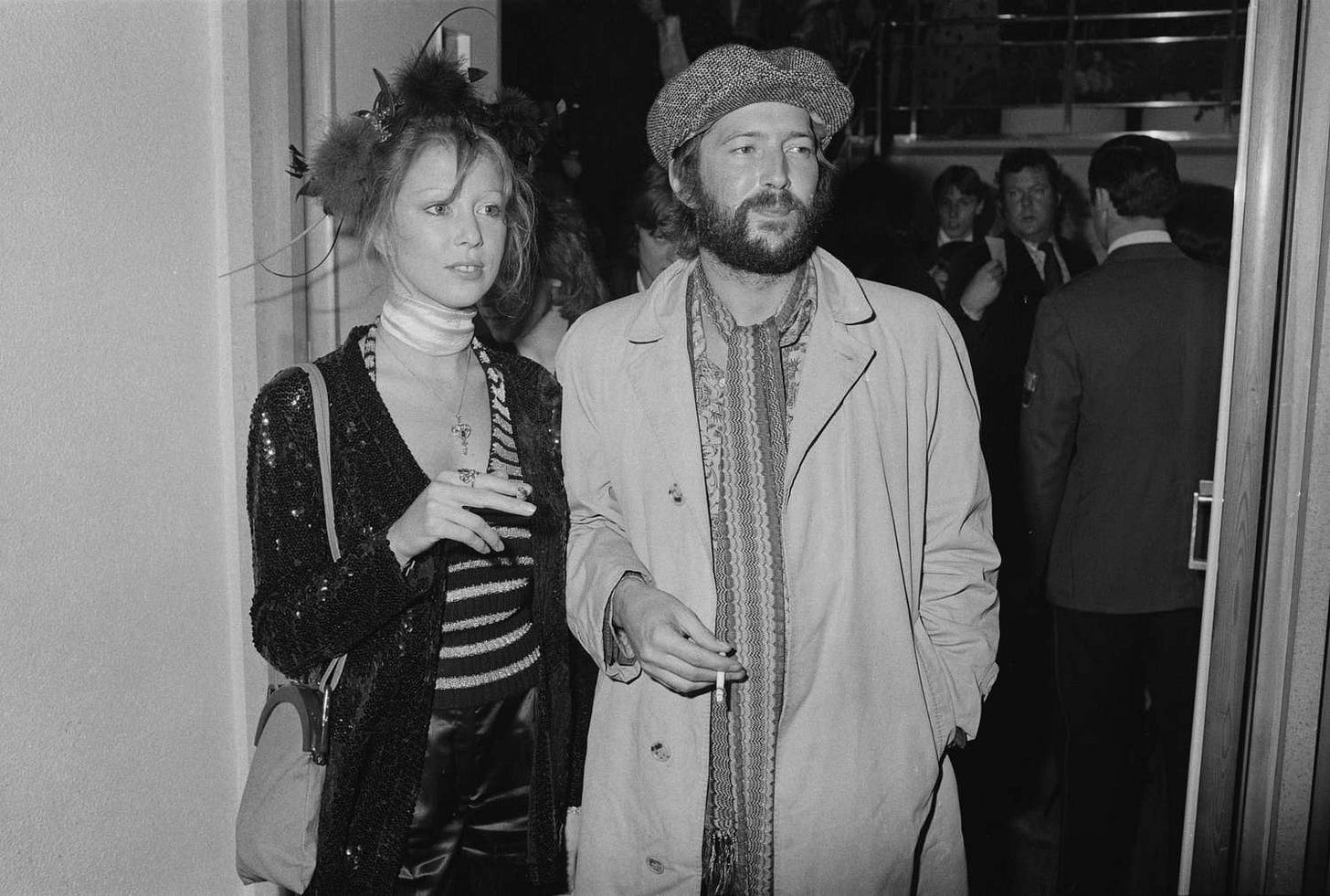The Untold Story of 'Wonderful Tonight'
Eric Clapton's Iconic Love Ballad and Its Journey Through Time
Question:
What inspired Eric Clapton to write 'Wonderful Tonight'?
Comment your answers below!
What's the Real Story Behind "Wonderful Tonight"?
Ah, the timeless allure of Eric Clapton's "Wonderful Tonight," a song that has serenaded countless couples and graced innumerable playlists. But what's the real story behind this iconic love ballad? It was 1976, and Eric Clapton was waiting for his then-girlfriend and future wife, Pattie Boyd, to get ready for a night out. They were heading to a Buddy Holly tribute organized by Paul McCartney. As Clapton strummed his guitar, Boyd was upstairs, trying on dresses, fussing over her hair, and panicking about her appearance. When she finally descended the stairs, she expected a scolding. Instead, Clapton played her the song he had just written—Wonderful Tonight.
Pattie Boyd was no ordinary muse. An English model and photographer, she was one of the leading models of the 1960s. She was previously married to George Harrison, and their divorce was finalized in 1977. Before their divorce, she had already started a relationship with Harrison's friend, Clapton. Boyd also inspired Harrison's songs like 'If I Needed Someone,' 'Something,' and 'For You Blue,' as well as Clapton's 'Layla.' The day after they got married, on March 28, 1979, Clapton brought Pattie on stage and sang this song to her at his concert in Tucson, Arizona.
According to Pattie Boyd's 2007 autobiography, aptly named "Wonderful Tonight," the lyrics were very much rooted in reality. "One night, unusually, Eric and I were going out, but I couldn't decide what to wear," she recalled. "I was taking a very long time to do my makeup and hair, putting on one dress, then another and another, throwing them all into a pile on the floor. Poor Eric had been ready for hours and was waiting patiently." Sadly, the relationship was also history less than a decade later, when Boyd left Clapton in 1987. "I think I was a romantic inspiration to Eric and George because I gave as much as I could to them both, to the detriment of myself," Boyd told The Guardian in 2008.
Despite never being a hit in the UK, the song has become one of Clapton's most famous hits, reaching a peak of number 16 in the US. In the next section, we'll delve into the musical composition of "Wonderful Tonight," exploring how Clapton's guitar work and the backing vocals added layers of emotion to this timeless classic.
How Did "Wonderful Tonight" Come to Life Musically?
When it comes to the musical composition of "Wonderful Tonight," the song is a masterpiece of simplicity and emotional depth. Released in 1977 as part of Eric Clapton's album "Slowhand," the song features a straightforward chord progression and a soothing rhythm that perfectly complements its romantic nature. Clapton's soulful guitar playing and emotional vocals have made it a timeless classic, but what really went into the making of this musical gem?
Eric Clapton's guitar work in "Wonderful Tonight" is a study in restraint and subtlety. The song doesn't feature any flashy guitar solos or intricate riffs. Instead, Clapton opted for a more minimalist approach, letting the melody and lyrics take center stage. His guitar work serves to enhance the emotional weight of the song, providing a gentle backdrop against which his vocals could shine. The composition features a simple chord progression that is both accessible and deeply resonant, allowing listeners to easily sing along while also feeling the emotional depth of the music.
The song also features the vocal harmonies of Marcella Detroit (then known as Marcy Levy) and Yvonne Elliman. Both artists were known for their powerful voices, and their contributions added a layer of complexity and emotional depth to the song. Marcella Detroit would later go on to achieve fame as one half of the musical duo Shakespears Sister, but her work on "Wonderful Tonight" remains one of her most enduring contributions to the world of music. Yvonne Elliman, on the other hand, was already a well-known artist, famous for her role as Mary Magdalene in the original recording of Andrew Lloyd Webber's "Jesus Christ Superstar."
Producer Glyn Johns, who had previously worked with artists like The Rolling Stones and Led Zeppelin, was at the helm during the recording of "Wonderful Tonight." Johns' expertise in capturing the raw emotional energy of a performance was instrumental in shaping the final version of the song. His production techniques allowed the individual contributions of each artist to shine, while also creating a cohesive and emotionally resonant whole.
In the next section, we'll explore the critical reception of "Wonderful Tonight," including how it fared on the charts and what critics had to say about this enduring classic.
How Did "Wonderful Tonight" Fare in the Charts and Who Covered It?
The song "Wonderful Tonight" may not have been a chart-topping hit in the UK, but it has certainly left an indelible mark on the music industry. Surprisingly, the song didn't even reach the top 75 in the UK charts. Its peak position was number 81. However, it was re-released in 1991 as a live version, and even then, it only managed to reach number 30. Despite this, the song fared much better in the United States, reaching a peak of number 16.
The song's lack of chart success in the UK didn't deter other artists from covering it. The most successful version of the song in the UK was recorded by the boyband Damage. Their rendition of "Wonderful Tonight" reached number three in 1997.
Eric Clapton's lyrics for "Wonderful Tonight" were very much rooted in reality. Pattie Boyd recalled in her 2007 autobiography, "Wonderful Tonight," that Clapton had been a big fan of country singer Don Williams at the time. "We talked about how beautifully simple his lyrics were, each song telling a story about everyday happenings," Boyd wrote. "Eric had been thinking of writing something similar and had already worked on some music for it. Suddenly, as I was flinging dresses on and off, inspiration struck. When I finally got downstairs and asked the inevitable question, 'Do I look all right?,' he played me what he'd written".
The female backing harmonies on the track were provided by none other than future Shakespears Sister member Marcella Detroit, and disco legend Yvonne Ellima
n. This added a layer of depth and emotion to the song, making it a staple in Clapton's discography.






